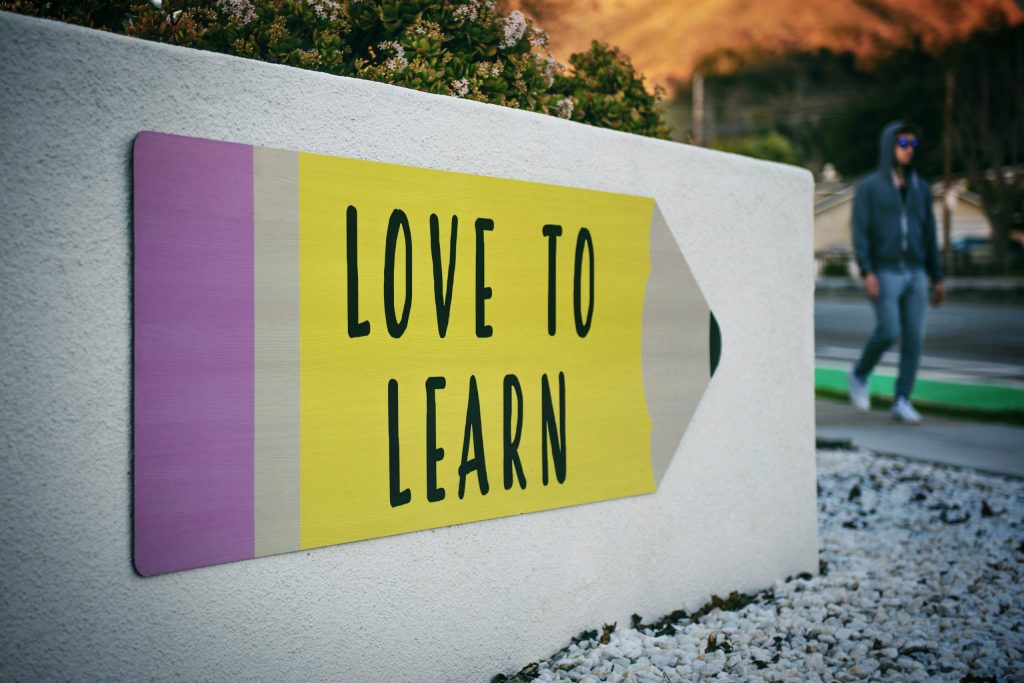We learn that our status and success is derived of our character and personal development. This is why we feel it is essential to have these introduction skills to make a great first impression. Often times, your first impression is your only impression.
.

Teaching students the art of making great introductions is a valuable social skill that can benefit them in various personal and professional contexts. Here’s a lesson plan designed to help students master the art of introductions:
Lesson Title: “Mastering the Art of Great Introductions”
Objective:
- Students will understand the importance of making a positive first impression through effective introductions.
- Students will learn and practice key components of making great introductions in various settings.
Introduction:
- Begin with a discussion about the importance of first impressions and how introductions contribute to them.
- Share personal anecdotes or examples of memorable introductions and their impact.
Activity 1: Analyzing Sample Introductions
- Provide students with examples of different types of introductions, such as formal introductions, casual introductions, and professional introductions.
- In small groups, have students analyze and discuss the elements that make each introduction effective.
Activity 2: Components of a Great Introduction
- Discuss the key components of a great introduction, including:
- Name
- Greeting
- Brief personal information or context
- Relevant shared interests or connections
Activity 3: Role-Playing Introductions
- Organize a role-playing activity where students practice making introductions in various scenarios. This could include scenarios like meeting a new classmate, introducing oneself at a networking event, or meeting a potential employer.
- Provide constructive feedback and encourage students to reflect on their experiences.
Activity 4: Elevator Pitch Exercise
- Introduce the concept of an elevator pitch — a concise and compelling introduction that can be delivered in the time it takes to ride an elevator.
- Have students craft and practice their own elevator pitches. Encourage creativity and authenticity.
Activity 5: Peer Feedback and Reflection
- Pair students and have them practice making introductions to each other.
- After each introduction, encourage peers to provide constructive feedback on clarity, confidence, and engagement.
- Conclude with a reflective discussion on what they learned from the activity.
Activity 6: Creating Personal Introduction Scripts
- Guide students in creating personalized introduction scripts that they can use in different situations.
- Encourage them to tailor their scripts based on the context and the audience.
Conclusion:
- Summarize the key components of making great introductions.
- Emphasize the idea that effective introductions are a valuable skill in building positive relationships.
Follow-up:
- Encourage students to practice their introductions in real-life situations, such as networking events, club meetings, or job fairs.
- Incorporate opportunities for students to introduce themselves in various classroom activities to reinforce the skills learned in the lesson.
This lesson plan aims to empower students with the skills to make great introductions, fostering confidence and positive interpersonal connections in both academic and professional settings.
